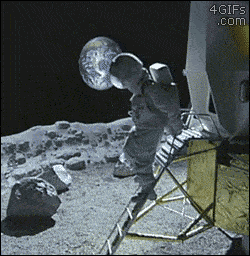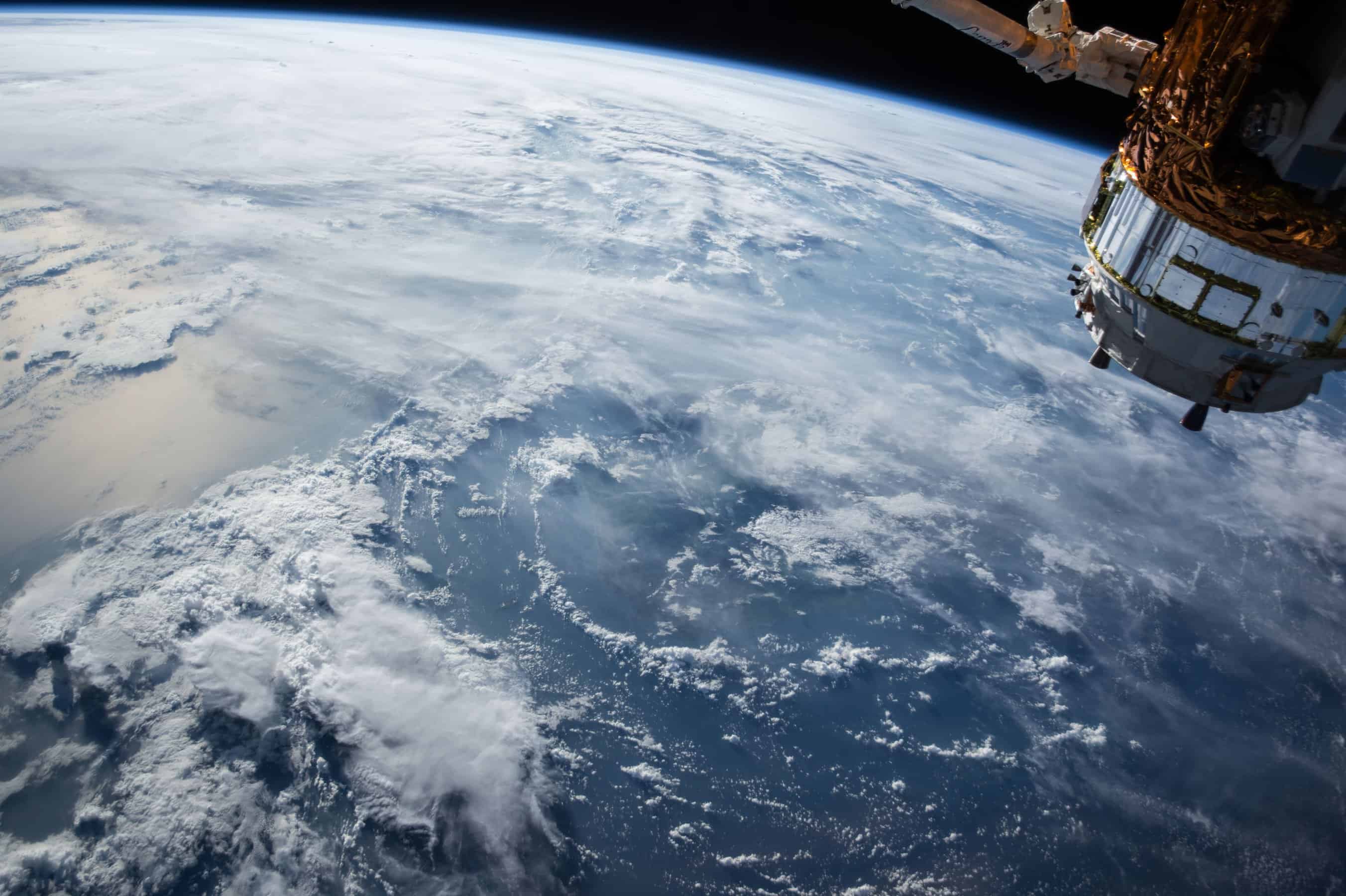Contxto – Not only is an Argentine geoanalytics company launching satellites into space, but also gaining new leadership. Let me introduce you all to my friend, Satellogic, setting new precedents with ultramodern images of planet Earth.
Who is Satellogic?
Founded in 2010 by Emiliano Kargieman, the firm manufactures satellites for low-Earth orbiting in collaboration with 150 engineers, AI extraordinaires and specialists. Satellogic is the world’s first vertically integrated geospatial analytics company with headquarters and R&D facilities in Buenos Aires.
By “vertically integrated market,” I mean that Satellogic caters to particular industries, trades, professions or customers with specialized needs. In this case, industries dependent on satellite technology are the startup’s niche consumers.
Some of Satellogic’s clients include agriculture, forestry, energy and finance players seeking different perspectives of the Earth’s surface. Backers also include Tencent, CrunchFund and Pitanga.
Over the past eight years, Satellogic has raised US$80 million and launched eight spacecrafts into orbit. Apparatuses can capture images from a height of 500 kilometers.

New leadership
Before I talk about the announcement of lightweight nano-satellites to transmit real-time data at faster speeds, let’s mention Satellogic’s newest executive, Rick Dunn. He will be the new chief financial officer (CFO) with over 25 years of leadership and 10 years of public accounting experience.
In his new role, Dunn will supervise the financial department and ensure Satellogic’s commercial growth. Before joining Satellogic, Dunn served as PowerTeam Services’ CFO as well as Trilogy International Partners and ACN, Inc.
Dunn was also the Corporate Controller for Western Wireless International. Based on reports, the businessman had some encouraging words to share about his new employer.
“Satellogic is truly democratizing access to geospatial analytics,” said Dunn, enthusiastic about solving problems of global proportions. “With their affordable, end-to-end solutions optimizing both frequency and resolution, we are going massively broaden the geoanalytics market, bringing it to businesses and verticals that have until now remained on the sidelines.”
New satellites
As previously mentioned, recently Satellogic also disclosed plans to launch 90 microsatellites into Earth’s orbit this year. Capable of rapidly transmitting real-time data super quickly, the lightweight devices are part of the Earth Observation Satellite Constellation project. With this new development, Satellogies aspires to remap the Earth’s surface (one meter at a time) with high-resolution imagery.
“Thanks to the development of state of the art AI and images (up to 1-meter resolution) from the satellite network, Satellogic provides solutions and access to key spatial information,” said Marco Bressan, Satellogic’s Chief Solutions Officer, to Infobae. “We analyze imagines to solve problems in real-time, making better decisions and achieving the objectives of a company or government in the process.”
In short, it is possible to optimize decision-making at competitive market value.
Marco Bressan, Satellogic’s Chief Solutions Officer
While traditional satellites weigh about 1,268 kg and requires years of construction, these mini-versions weigh 35 kg and require only a few months to create. Conclusively, the devices will benefit various industries, especially agricultural and forestry.
Farmers, for example, use microsatellites to monitor crops or irrigation systems as well as measure moisture in soil. In terms of forestry, satellite technology is capable of counting trees in addition to keeping tabs on land use.
Conclusion
Let me just say that I respect Satellogic’s mission. According to the company’s website, the Argentine organization hopes to solve some of the world’s most pressing issues, whether they be food scarcity or deforestation.
Ask yourself – how will we feed nine billion people if there isn’t any agricultural land remaining? How will we fulfill our energy needs without depleting more of the Earth’s natural resources?
With that said, improved satellite technology might be the answer to a sustainable future. Higher quality imagery will result in more sophisticated data to develop viable solutions.
I don’t want to be a Debby Downer, but Earth’s composition is rapidly changing due to climate change. Therefore, I ardently believe in Satellogic’s determination to provide better imagery via satellite technology.
Better equipment will help us monitor climate change over time, and hopefully, allow developers to find solutions before it’s too late. Who knows, maybe high resolution images will be the “proof in the pudding” for climate change deniers needing to see the Earth’s physical decline with their own eyes.
-JA






